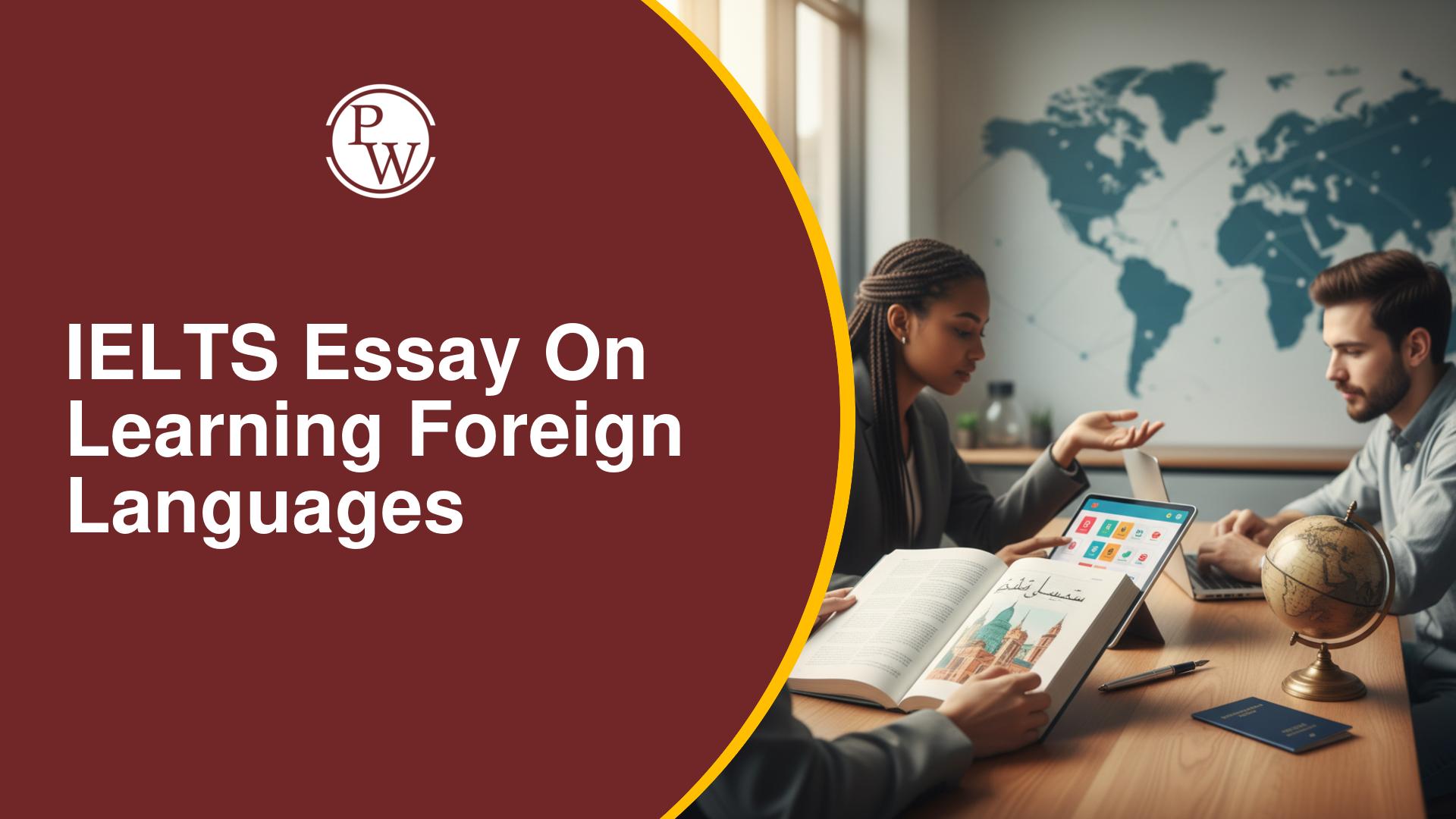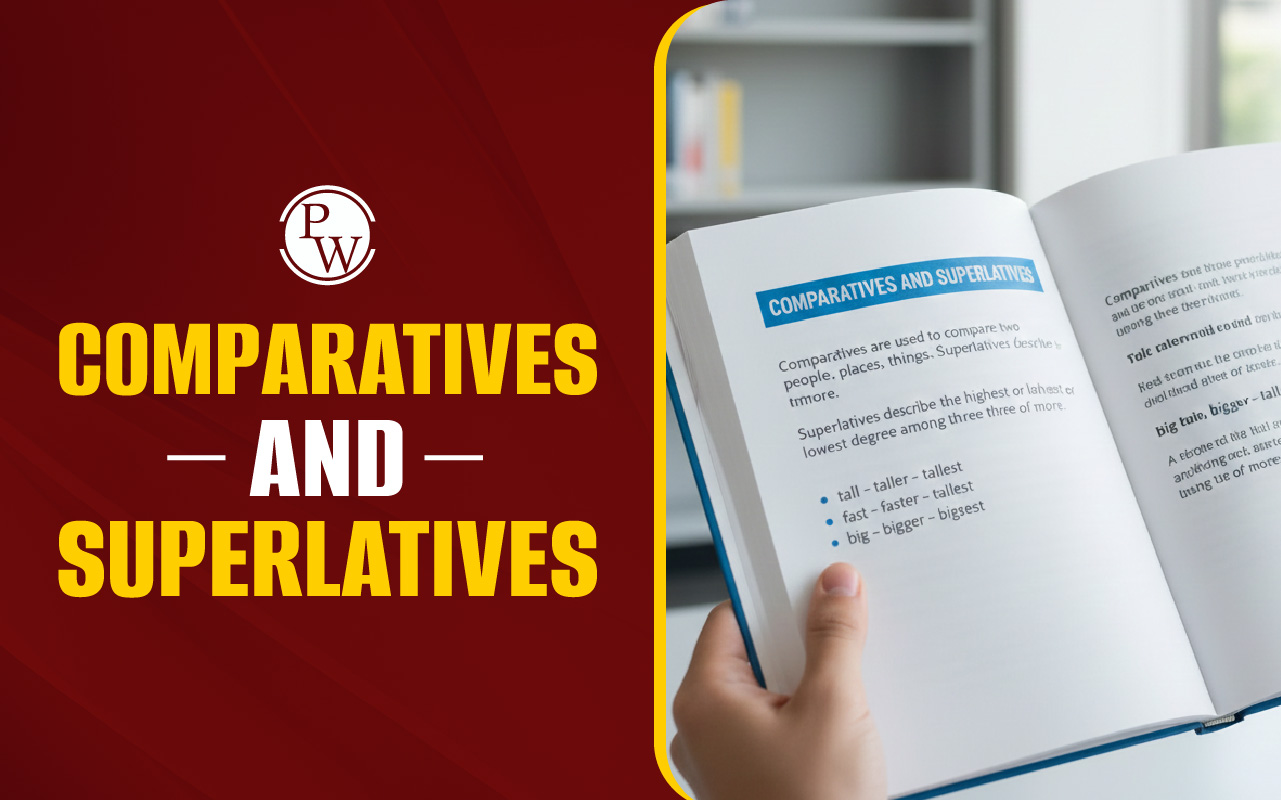
Chocolate Food of the Gods Reading Answers: "Chocolate Food of the Gods" is a commonly featured topic in the IELTS Reading Test, focusing on the history, cultivation, and production of chocolate. This passage explores how cacao beans were first discovered, their significance in different cultures, and the process of turning them into the chocolate we consume today. Since the IELTS Reading section often includes passages on food, history, and production processes, practicing Chocolate Food of the Gods Reading Answers can help aspirants improve their comprehension skills. This guide provides sample answers, key insights, and effective strategies to boost your IELTS reading band score.
Chocolate Food of the Gods Reading Answers Passage
Chocolate – The Food of Gods
Paragraph A. The story of chocolate begins with the discovery of America in 1492. Columbus was the first European to come into contact with cacao. On August 5th, 1502, on his fourth and last voyage to the Americas, Columbus and his crew met some natives in a canoe that contained beans from the cacao tree. Columbus was struck by how much value the Indians placed on them as he did not know the beans were used for currency. It is unlikely that Columbus brought any of these beans back to Spain and it was not until about twenty years later that Cortez grasped the commercial possibilities when he found the Aztecs using the beans to make the royal drink “chocolate”.
Paragraph B. The Spanish, in general, were not fond of the bitter drink so Cortez and his followers made it more palatable by adding cane sugar and later cinnamon and vanilla were added. Spanish monks let the secret out back home and, although the Spanish hid it from their neighbours for a hundred years, finally chocolate’s popularity grew until it was the fashionable drink at the French court and the discerning choice of customers at London meeting houses.
Paragraph C. The cacao beans are harvested from pods grown on the cacao tree. The pods come in a range of types since cacao trees cross-pollinate freely. These types can be reduced to three classifications. The most common is Forastero, which accounts for nearly 90% of the world’s production of cacao beans. This is the easiest to cultivate and has a thick-walled pod and a pungent aroma. Rarest and most prized are the beans of the Criollo. These beans from the soft, thin-skinned pod have an aroma and delicacy that make them sought after by the world’s best chocolate makers. Finally, there is the Trinitario, which is believed to be a natural cross from strains of the other two types. It has a great variety of characteristics but generally possesses a good, aromatic flavour and the trees are particularly suitable for cultivation.
Paragraph D. The cacao tree is strictly a tropical plant thriving only in hot, rainy climates. Thus, its cultivation is confined to countries not more than 20 degrees north or south of the equator. The cacao tree is very delicate and sensitive. It needs protection from the wind and requires a fair amount of shade under most conditions. This is true, especially in its first two or three years of growth. A newly planted cacao seedling is often sheltered by a different type of tree. It is normal to plant food crops for shade such as bananas, plantain, coconuts or cocoyam’s. Rubber trees and forest trees are also used for shade. Once established, however, cacao trees can grow in full sunlight, provided there are fertile soil conditions and intensive husbandry. With pruning and careful cultivation, the trees of most strains will begin bearing fruit in the fifth year. With extreme care, some strains can be induced to yield good crops in the third and fourth years.
Paragraph E. The process of turning cacao into chocolate hasn’t changed much since the Swiss made the major breakthroughs in the process in the late 1800s. First, the beans (up to twelve varieties harvested from all over the world) go through a process of fermentation and drying. They are then sorted by hand before cleaning and then roasting. Winnowing follows which removes the hard outer hulls and leaves what is known as the “nibs”. A crushing and heating process known as Hunter’sProcess is then used to remove nearly half of the cocoa butter from the nibs. This makes unsweetened chocolate (also known as cooking chocolate). Basic eating chocolate is made from a blending of the unsweetened chocolate with some of the cocoa butter along with other ingredients such as sugar and vanilla. The resulting product is then “conched” and this conching gives chocolate the velvet texture that we know so well. The finished result is then moulded, cooled, packaged by machine, distributed, sold and, of course, eaten!
Paragraph F. Where methods of manufacturing are concerned, manufacturers have a completely free hand and have developed individual variations from the pattern. Each manufacturer seeks to protect his own methods by conducting certain operations under an atmosphere of security. No chef guards his favourite recipes more zealously than the chocolate manufacturer guards his formulas for blending the beans. Time intervals, temperatures and proportions are three critical factors that no company wants to divulge.
Paragraph G. Apart from the taste, one of the most pleasant effects of eating chocolate is the “good feeling” that many people experience after indulging. Chocolate contains more than three known chemicals including caffeine, theobromine and phenlethylamine which are stimulants. Some researchers believe that chocolate contains pharmacologically active substances that have the same effect on the brain as marijuana and that these chemicals may be responsible for problems such as the psychoses associated with chocolate craving. However, eating too much of anything can obviously cause health problems and as long as moderation is exercised, chocolate should not cause the average person any harm.
| IELTS Exam Important Links | |
|---|---|
| IELTS Reading Band Score | IELTS Listening Band Score |
| IELTS Speaking Band Score | IELTS Writing Band Score |
Chocolate Food of the Gods Reading Answers Sample Questions
Questions 1 – 6
The reading passage on The Story of Chocolate has 7 paragraphs (A – G). From the list of headings below, choose the most suitable heading for paragraphs B – G. Write the appropriate number (i – xi) in boxes 1 – 6 on your answer sheet.
List of Headings:
i. The discovery of cacao in the Americas
ii. The secret ingredient that makes chocolate unique
iii. How cacao beans are grown and classified
iv. The global demand for chocolate
v. The modern chocolate-making process
vi. How chocolate spread from Spain to the rest of Europe
vii. The importance of shade for cacao trees
viii. The chemical effects of chocolate on the brain
ix. The role of Swiss chocolatiers in refining chocolate production
x. The trade secrets of chocolate manufacturers
xi. The health benefits and risks of chocolate
1. Paragraph B - _____
2. Paragraph C - _____
3. Paragraph D - _____
4. Paragraph E - _____
5. Paragraph F - _____
6. Paragraph G - _____
Questions 7 – 10
Do the following statements agree with the information given in The Story of Chocolate? Write:
- YES if the statement agrees with the information
- NO if the statement contradicts the information
- NOT GIVEN if there is no information on this in the passage
7. Columbus immediately recognized the importance of cacao beans when he first encountered them. _____
8. Spanish monks were responsible for making chocolate popular in Europe. _____
9. The Criollo variety of cacao beans is the most widely cultivated worldwide. _____
10. Eating too much chocolate can lead to severe addiction. _____
Questions 11 – 13
Using the information in the passage, complete the flow chart below. Write your answers in boxes 11–13 on your answer sheet. Use NO MORE THAN THREE WORDS from the passage for each answer.
Chocolate Production Process
11. Cacao beans are _____ and dried.
12. Beans are sorted and then _____ to remove their outer hulls.
13. Cocoa butter is extracted, and the chocolate mixture is _____ to achieve a smooth texture.
Chocolate Food of the Gods Reading Answers with Explanations
Ans 1. Paragraph B - vi. How chocolate spread from Spain to the rest of Europe
-
- Location: Paragraph B
- Reference: "The Spanish, in general, were not fond of the bitter drink so Cortez and his followers made it more palatable by adding cane sugar and later cinnamon and vanilla were added."
- Explanation: This paragraph explains how the Spanish altered chocolate to suit their tastes and kept it a secret for a century before it spread across Europe.
Ans 2. Paragraph C - iii. How cacao beans are grown and classified
-
- Location: Paragraph C
- Reference: "The cacao beans are harvested from pods grown on the cacao tree. The pods come in a range of types... These types can be reduced to three classifications."
- Explanation: This paragraph describes different types of cacao beans and their characteristics, which classifies them into Forastero, Criollo, and Trinitario.
Ans 3. Paragraph D - vii. The importance of shade for cacao trees
-
- Location: Paragraph D
- Reference: "The cacao tree is very delicate and sensitive. It needs protection from the wind and requires a fair amount of shade under most conditions."
- Explanation: This paragraph explains how cacao trees require shade, especially in the early years, and how they are protected using other trees.
Ans 4. Paragraph E - v. The modern chocolate-making process
-
- Location: Paragraph E
- Reference: "The process of turning cacao into chocolate hasn’t changed much since the Swiss made the major breakthroughs in the process in the late 1800s."
- Explanation: This paragraph details the step-by-step chocolate-making process, from fermentation to packaging.
Ans 5. Paragraph F - x. The trade secrets of chocolate manufacturers
-
- Location: Paragraph F
- Reference: "Each manufacturer seeks to protect his own methods by conducting certain operations under an atmosphere of security."
- Explanation: This paragraph discusses how chocolate manufacturers keep their recipes and techniques secret to maintain uniqueness.
Ans 6. Paragraph G - viii. The chemical effects of chocolate on the brain
-
- Location: Paragraph G
- Reference: "Chocolate contains more than three known chemicals including caffeine, theobromine and phenylethylamine which are stimulants."
- Explanation: This paragraph highlights how chocolate affects the brain by releasing stimulants that give a feeling of pleasure.
Ans 7. NO
-
- Location: Paragraph A
- Reference: "Columbus was struck by how much value the Indians placed on them as he did not know the beans were used for currency."
- Explanation: Columbus did not recognize the importance of cacao beans; he only noticed how much the natives valued them.
Ans 8. YES
-
- Location: Paragraph B
- Reference: "Spanish monks let the secret out back home and, although the Spanish hid it from their neighbours for a hundred years, finally chocolate’s popularity grew..."
- Explanation: Spanish monks were responsible for introducing chocolate to Europe, which led to its widespread popularity.
Ans 9. NO
-
- Location: Paragraph C
- Reference: "The most common is Forastero, which accounts for nearly 90% of the world’s production of cacao beans."
- Explanation: The Criollo variety is not the most widely cultivated; Forastero is the dominant type.
Ans 10. NOT GIVEN
-
- Location: Paragraph G
- Reference: "Some researchers believe that chocolate contains pharmacologically active substances that have the same effect on the brain as marijuana..."
- Explanation: While chocolate affects the brain, there is no information in the passage stating that it leads to severe addiction.
Ans 11. Fermented
-
- Location: Paragraph E
- Reference: "First, the beans (up to twelve varieties harvested from all over the world) go through a process of fermentation and drying."
- Explanation: The cacao beans undergo fermentation before drying to develop their flavors.
Ans 12. Winnowed
-
- Location: Paragraph E
- Reference: "Winnowing follows which removes the hard outer hulls and leaves what is known as the 'nibs'."
- Explanation: Winnowing is the process used to remove the outer shell of the cacao beans.
Ans 13. Conched
-
- Location: Paragraph E
- Reference: "The resulting product is then 'conched' and this conching gives chocolate the velvet texture that we know so well."
- Explanation: Conching is the refining process that improves the texture and quality of chocolate.
Also Read:
- Should You Use All Capital Letters in the IELTS Listening and Reading Tests
- IELTS Reading Mistakes
- How to Improve IELTS Reading Score
- How to Manage Time in IELTS Reading
Guidance of PW IELTS
Physics Wallah offers multiple online IELTS courses for all students. Follow the IELTS pages to better prepare for the exam.
| What is IELTS Exam? | Documents Required for IELTS Registration |
| IELTS exam eligibility requirements | IELTS Exam Fees |
| IELTS test results | IELTS Exam Pattern |
Chocolate Food of the Gods Reading Answers FAQs
Who first discovered cacao beans?
How did chocolate spread from Spain to the rest of Europe?
What are the three main types of cacao beans?
Why do cacao trees need shade to grow?
What chemicals in chocolate affect the brain?










